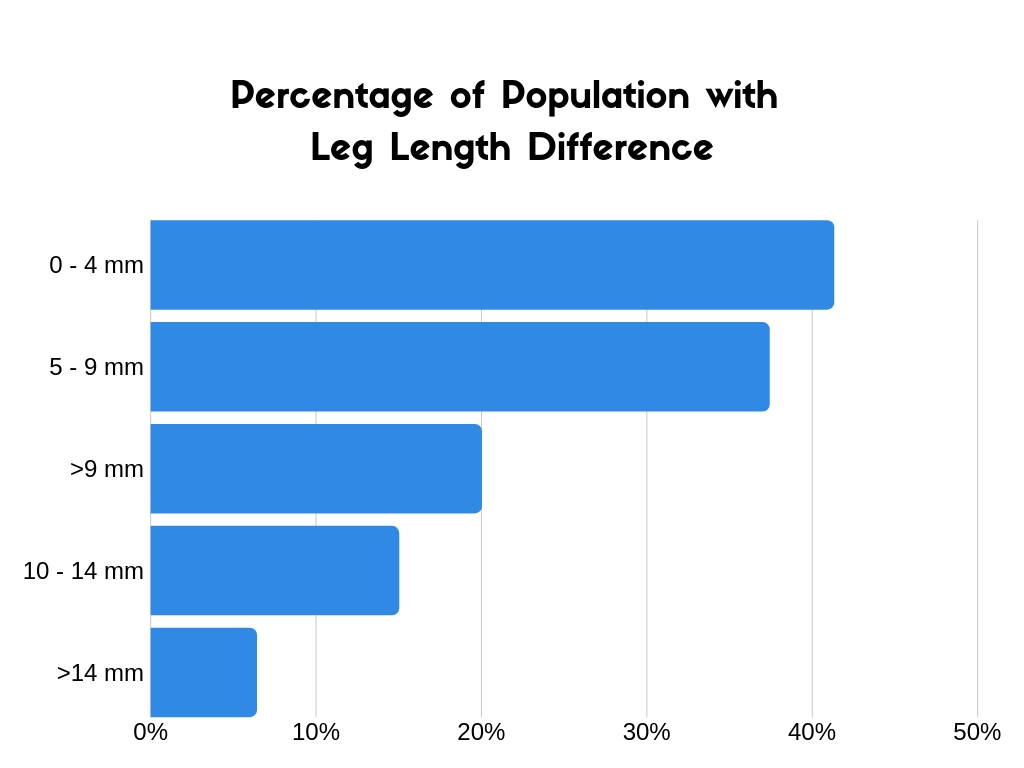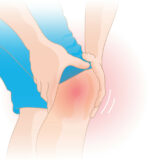When a Leg Length Difference Matters

In our daily practice we come across a plethora of patients who blame their leg length discrepancy for their knee, hip or low back pain. Many of them were informed about the leg length difference by their general practitioner, specialist or physiotherapist. This can create a worrisome attitude and fear that their situation might lead to poor alignment of the pelvis and spine.
Let’s go through a couple of questions together to see if you are really suffering from a leg length discrepancy that requires action:
How has your leg length been measured?
The only reliable method to correctly measure leg length is by x ray. If your leg length discrepancy got measured by tape or any other method – chances are high that you cannot trust this measurement.
How common are leg length differences?
It is estimated that 90% of the population has a leg length inequality. Of those people the mean difference between legs is 5.2mm. In 53-75% of people the left legs seems to be anatomically longer. Sex or height, by the way, is unrelated to a difference in leg lengths.
In the following table you can see an overview about the distribution of leg length differences:

When does a leg length difference really matter?
When different scientific studies are analyzed and taken together, a leg length difference of less than 20 millimeters does not result in back pain or any other symptoms regardless of prolonged or repetitive loading.
It seems that only from 20 milimeters on and also depending on your activity, the inequality might become a problem.
It has to be noted that only 1 in a thousand people actually has this size of discrepancy. In these cases, we would advise you to contact your local specialist or podiatrist/podologist in order to receive advice about possible treatments.
Oftentimes, heel lifts or boot lifts are an easy options to compensate the leg length difference.




